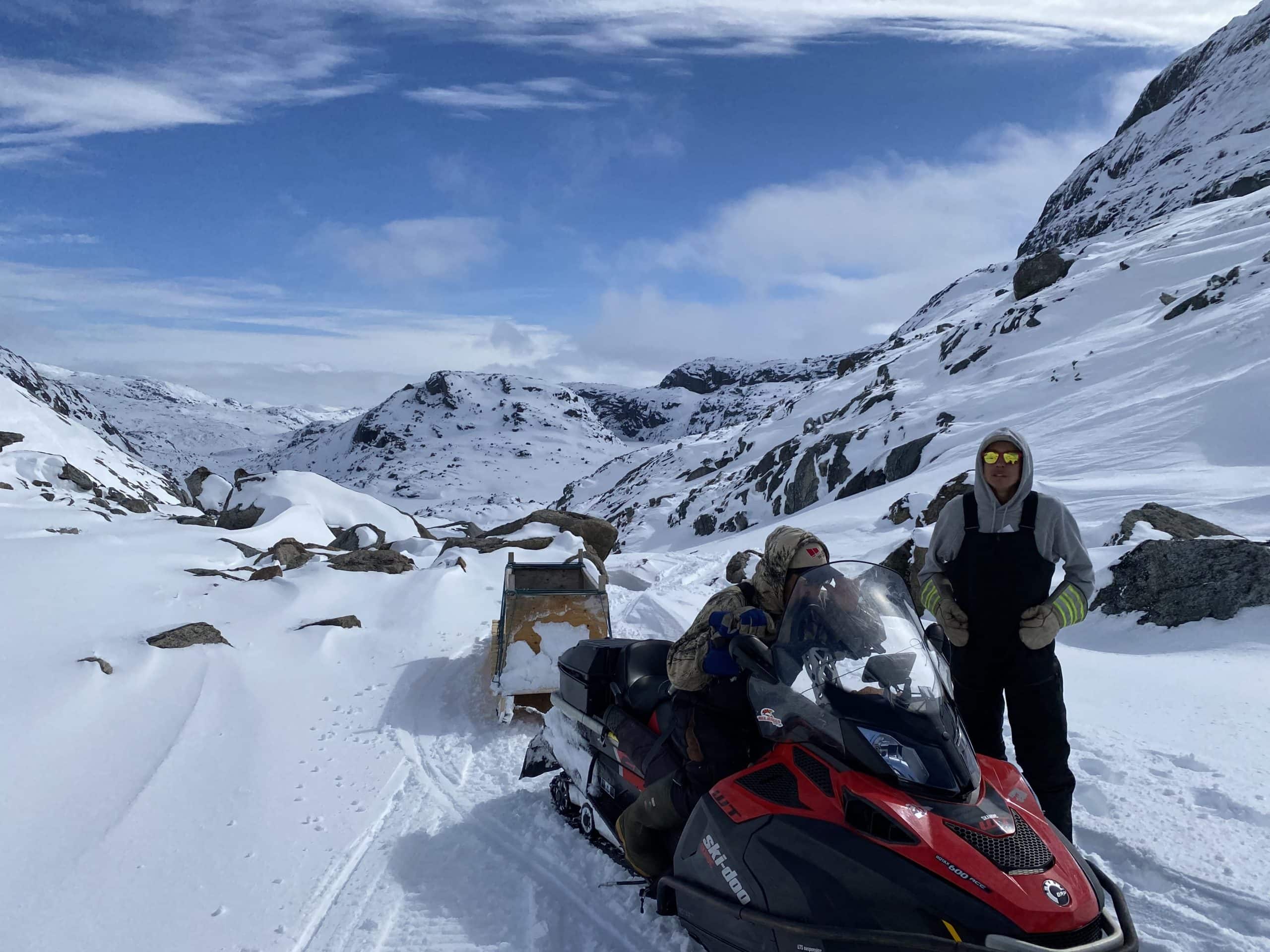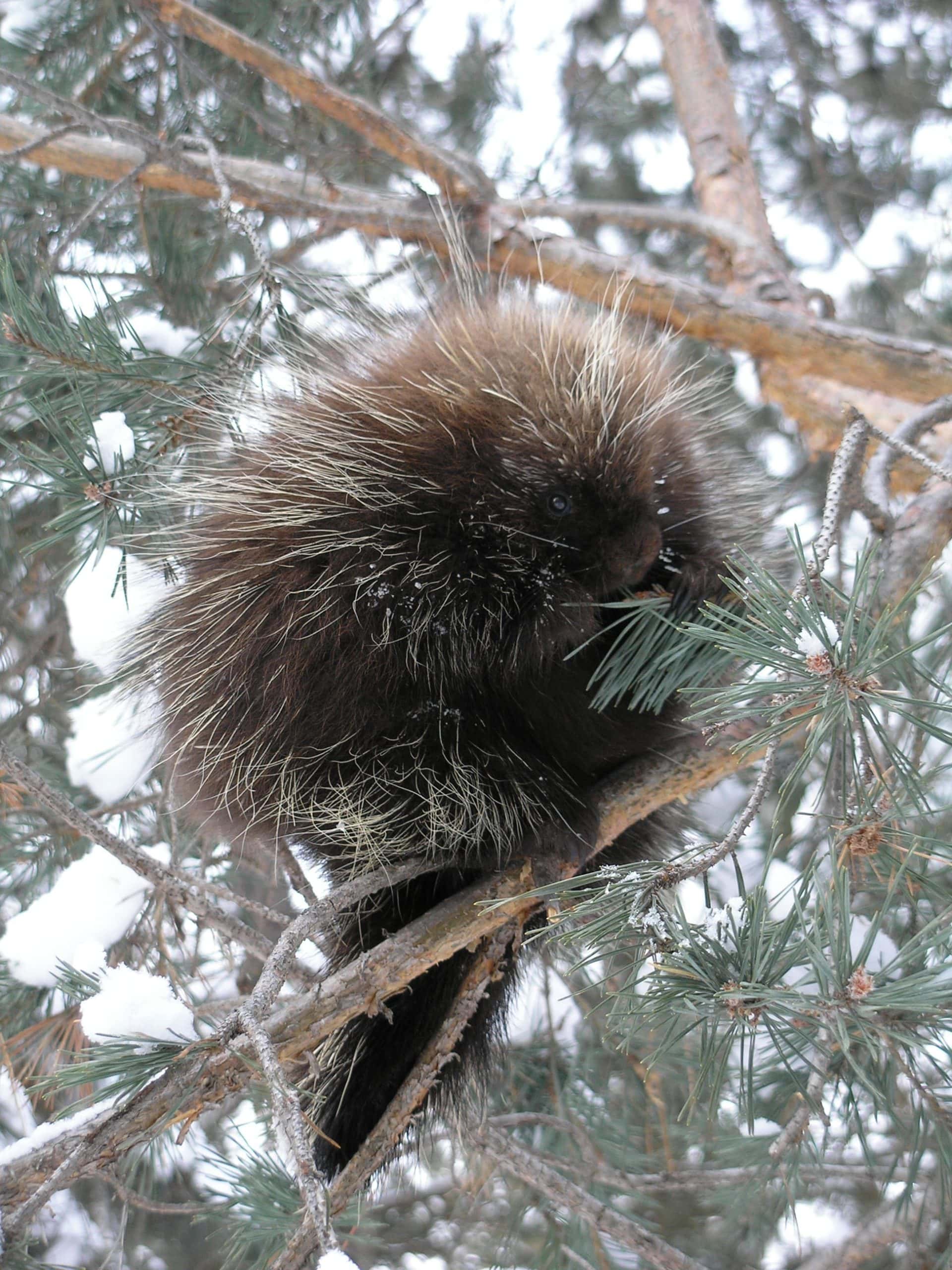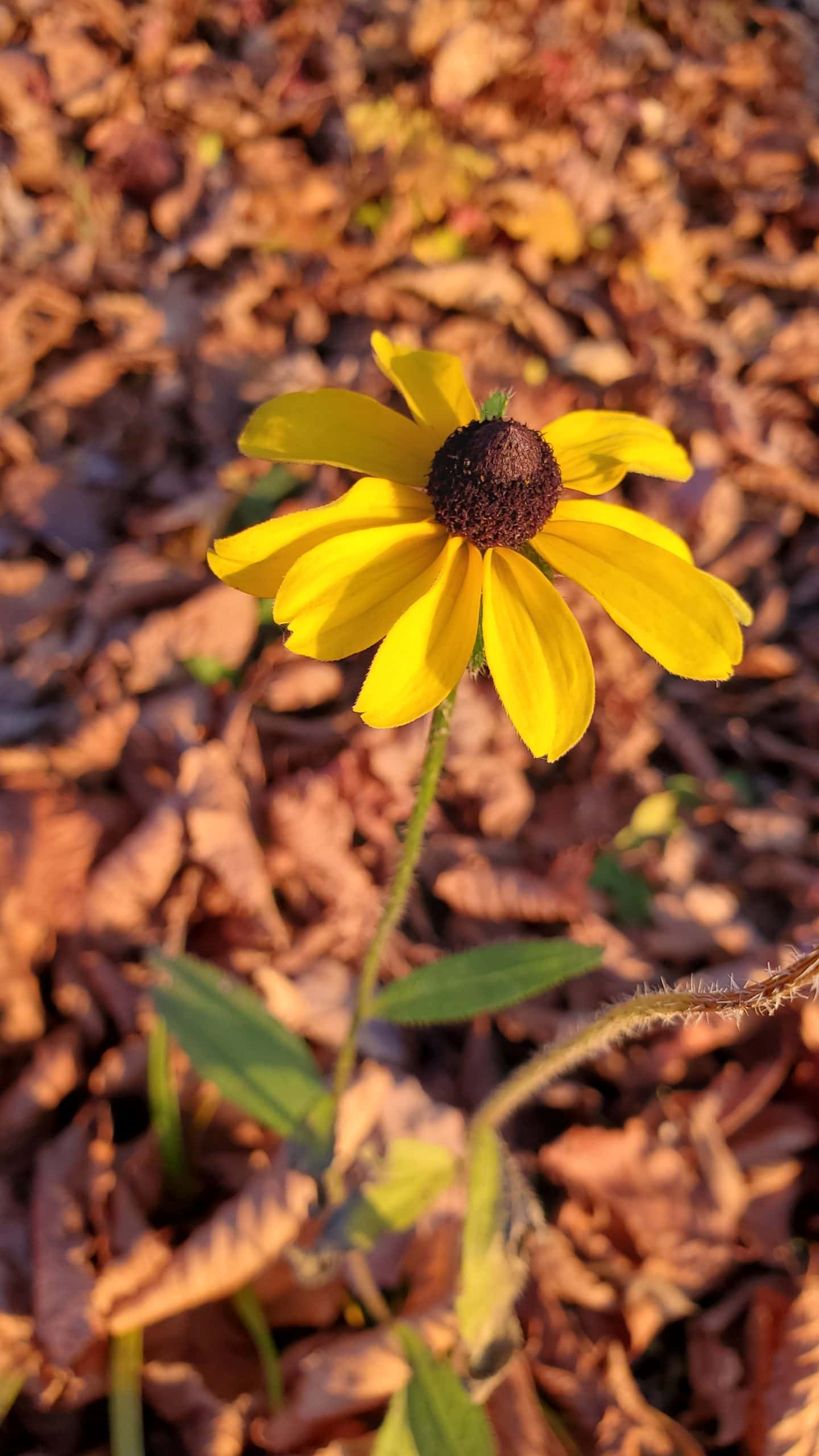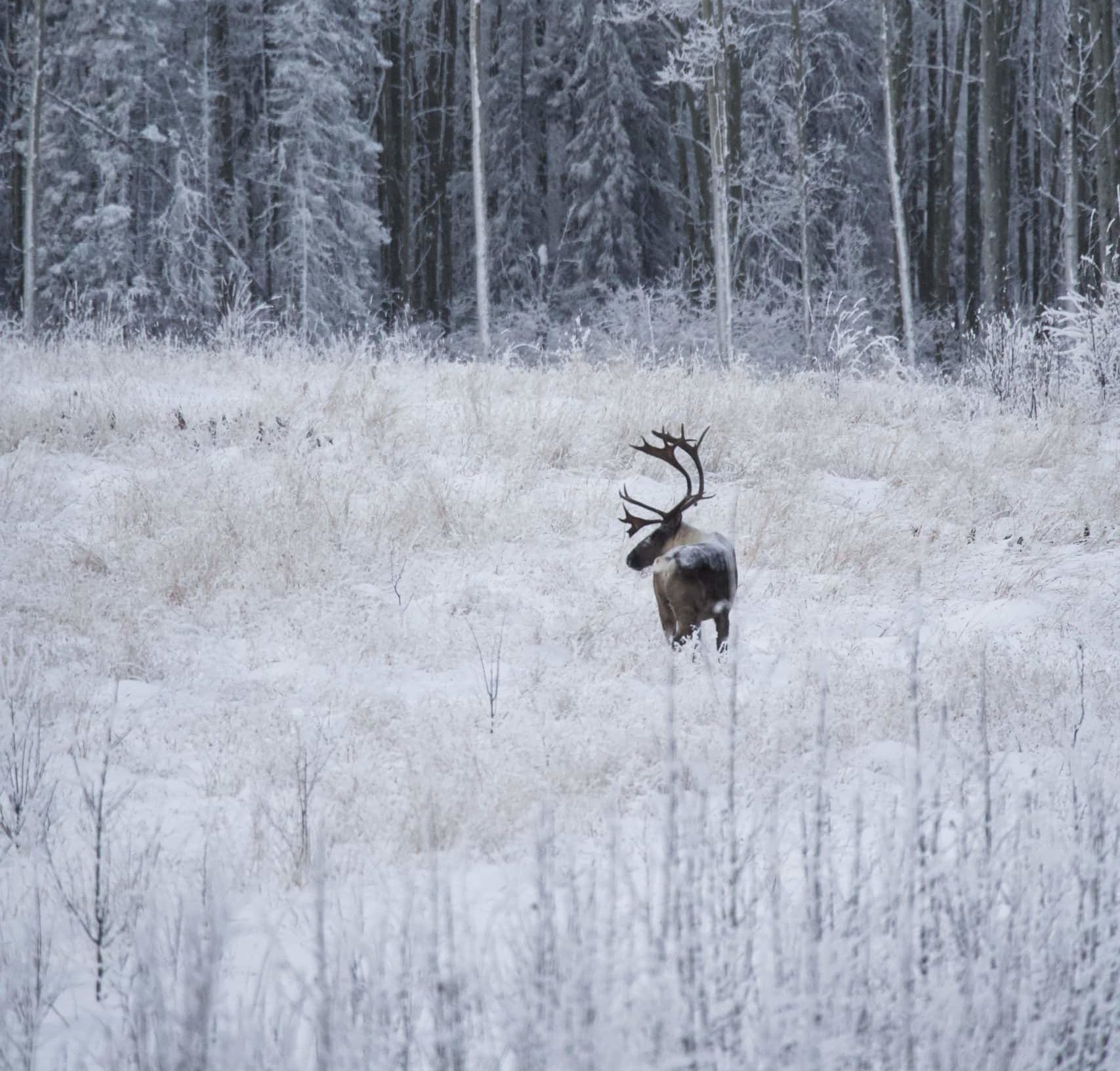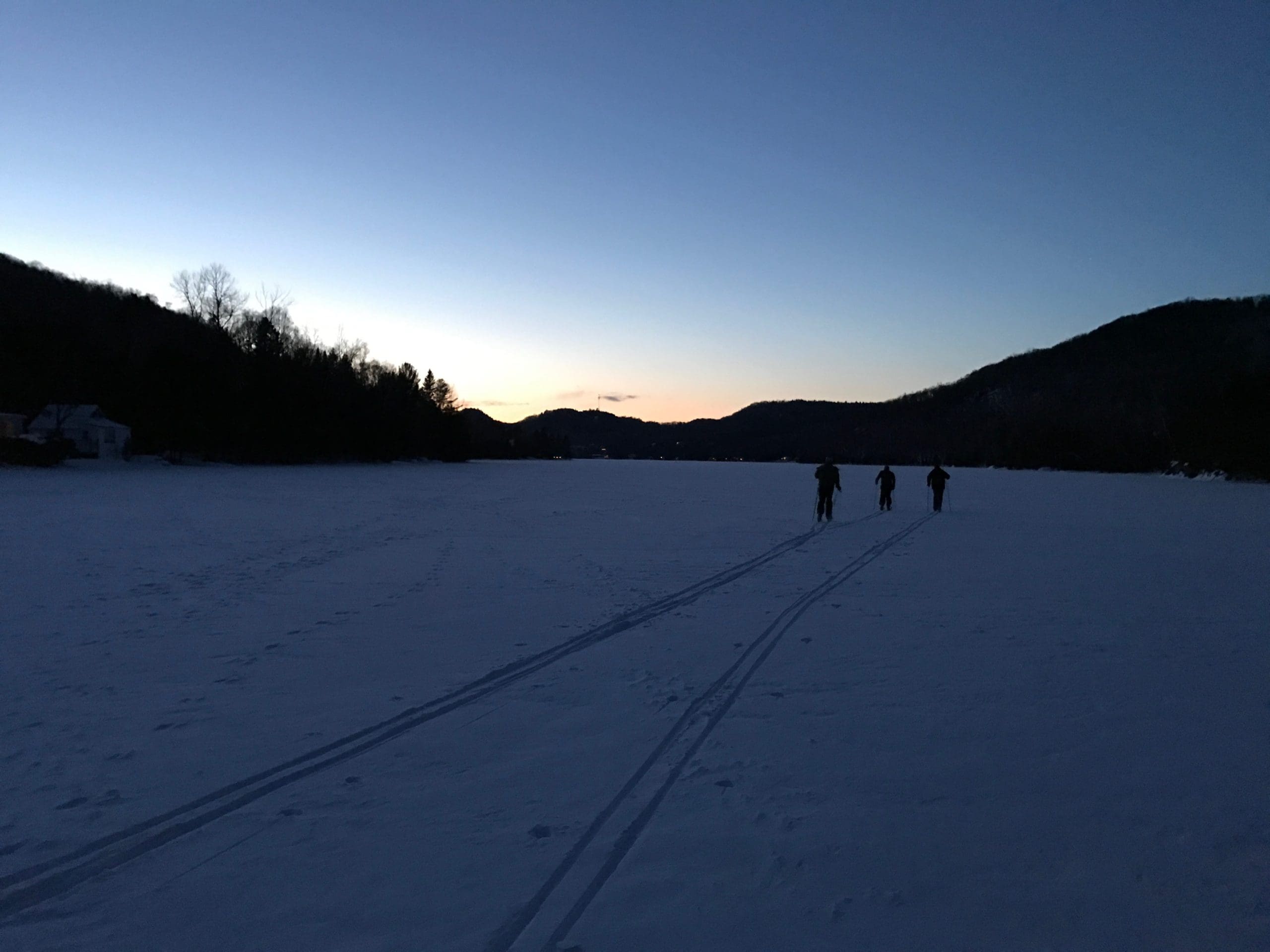Beyond Conservation:
Building Relationships for Collaboration – Part 1
On this page:
Introduction
A lot of time and preparation is required to establish meaningful relationships and collaboration across Indigenous and non-Indigenous cultures, communities, and initiatives. Laying a strong foundation by establishing trusting relationships with the people, organizations, and communities with whom you wish to collaborate is essential to the success of your project. When relationships are built from the ground up in a spirit of reconciliation, they can flourish and grow into fruitful partnerships and projects!
An important factor of success revolves around how you come to the table as a person. Arriving with a sense of humility, a willingness to learn, and an intention to support leadership in the Indigenous nation, community, or organization, will set you on the right path. You can help ensure relationships are initiated and fostered in a good way by committing to ongoing learning about Indigenous Peoples, their cultures, and histories (see Before You Get Started) and by keeping in mind the Guiding Principles for Cross-cultural Collaboration. From there, trust will slowly grow from your personal accountability and spread to the people and community you are working with.
Fundamentally, reconciliation is a process of establishing and maintaining respectful relationships. In the context of a conservation or stewardship project, this includes co-developing the project, or working collaboratively from the very beginning of a project, starting with project conception. As an outsider, you must recognize that Indigenous nations and communities have history and a long-standing set of priorities, and your job is to determine how to best support those priorities with the opportunities you bring to the table (i.e., the project idea, funding, capacity or service you have to offer).
Planning and building relationships for a project can take anywhere from a few months to a few years. These steps involve figuring out the who, what, when, where and why of a project before the work begins. Another way to think of it is that this phase of work is a time to answer the questions: Where have we been? Where are we now? What do we need now? What possibilities could working together bring? What will success look like? These questions can be answered through many conversations with (potential) project partners and recorded in a way that makes sense to everyone.
Being clear about decision making and resource management for an initiative, amongst other elements, is essential to building trusting relationships. While many of us strive to support ‘Indigenous-led’ conservation and stewardship, it is important to understand what this term does and does not mean (see Situating your initiative below). Capturing decisions about these and other elements in a Relationship Agreement (see below) will help to clarify the terms of the relationship so that it can flourish.
The following section is a high-level review of some important things to think about during your planning and relationship-building work. It is not comprehensive–it focuses on elements important to working across cultures. For a more comprehensive approach to pre-planning and planning a project or initiative, see Planning, meetings, and community engagement below.
Do your homework
Collaborations are first and foremost relationships. Collaborating may include building relationships with people, but also with the land, the waters, and the animals that live there. Collaborations work best when trust is built among all partners, including community members. And this can be best done when you understand the place, and the natural, historical, and cultural context of the people with whom you are building relationships.
Most conservation or stewardship projects are rooted in a particular geographic location. First Nations, Métis, and Inuit communities traditionally and currently occupy much of Canada. They have their own long-standing governance structures within which they steward lands, waters, and ice. The inherent rights of Indigenous peoples are affirmed, recognized, and upheld by domestic and international frameworks, including Section 35 of the Canadian Constitution, treaties and modern land claim agreements, and the United Nations Declaration on the Rights of Indigenous Peoples (UNDRIP) (see Before You Get Started for more information). As such, Indigenous peoples are rights-holders with decision-making authority. They are not merely interest groups or stakeholders.

Tools and resources
Tips for building trusting relationships
This entire toolkit could be seen as a guide to building trusting relationships, so the following suggestions should be taken as just a sampling of things to do. You may wish to refer to Principles for Cross-Cultural Collaboration as well as to other sections of the toolkit.
- N.B. Many of these suggestions are very capacity-intensive and thus should be pursued intentionally and with the resources to appropriately equip or compensate community members and leaders for their time (see Sharing Capacity and Resources below).
Photo by Ben Duffield
Build equity and reconciliation into your partnership
Building equitable partnerships means acknowledging and redressing disparities in opportunity and representation–a key step on the path to reconciliation. In an equitable partnership, all partners have an opportunity to participate, contribute, and benefit, regardless of the power differences between them. Achieving this balance might mean recognizing that different partners will contribute in different ways, such as by sharing: funding, community knowledge, networks, personnel, and political/social power. Make your intention and actions transparent: be sure to document in a partnership agreement how you will build equity and reconciliation (see the Developing a partnership or relationship agreement below).








